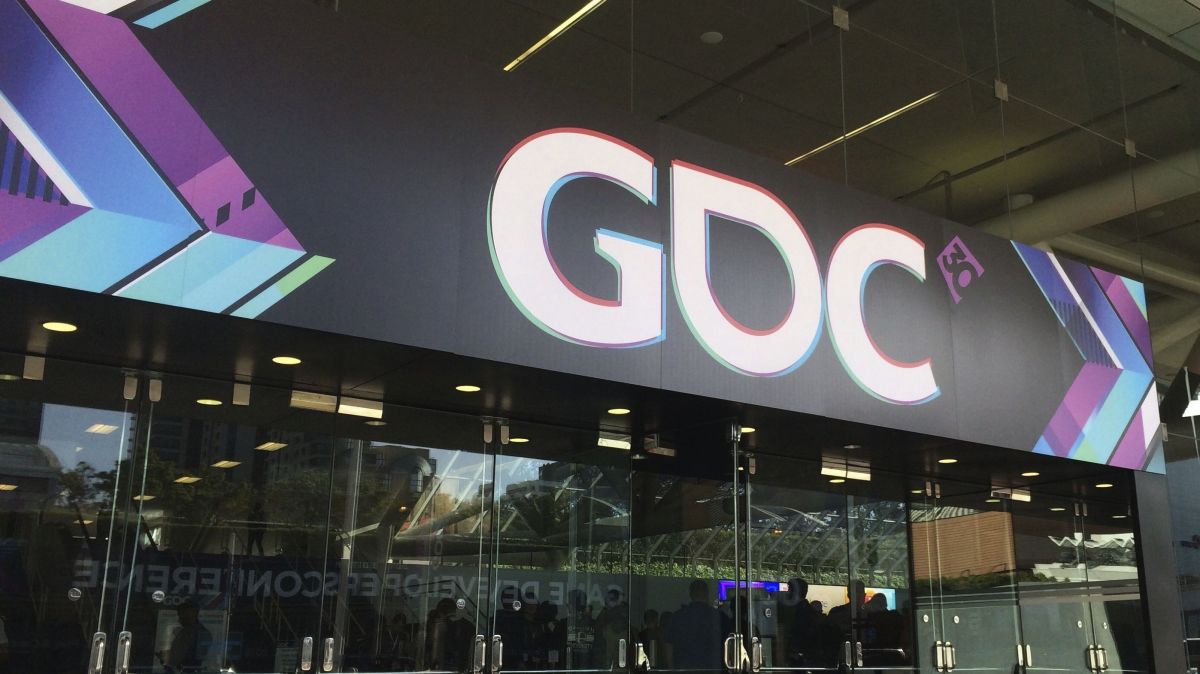
GDC 2016: what’s happening now
The 2016 Game Developers conference, or GDC for short, is a wrap for now, and we bid farewell to the Moscone Convention Center in San Francisco, Calif.
This week, we saw the future of gaming, and it can be summed up in two words: virtual reality. We went hands on with the consumer-ready versions of Oculus Rift and Sony PlayStation VR, plus got a status check on HTC Vive. We tried VR experiences of every stripe, and learned that while there’s a lot of promise for the still-nascent tech, there are plenty of problems standing in its way.
But that wasn’t all, not by a long shot. Check out our complete coverage below, and head on to Page 2 to see if what we expected to see at this year’s show came to be. Until next year!
Day Four: Play time
The big hit of the show was virtual reality, and especially the PlayStation VR. We found out how much it will cost and when it’s releasing. Let’s just say, the PS VR price was music to our ears.

Day Three: Game on
GDC is buzzing with developers eager to try the latest hardware – the lines are long for every VR booth – and, alternately, show us what they’ve been working on.
We started the day with the announcement that Witcher 3 won the top prize at the show’s game awards, then learned what it takes to make a game that people will play for 30 years.
Our hands on reviews with the Oculus Rift consumer version and PlayStation VR are also updated with our impressions from GDC, so check those out if you’re thinking of taking the VR plunge.
And we’ve been putting up some whacky show floors sites on Instagram – check it out!
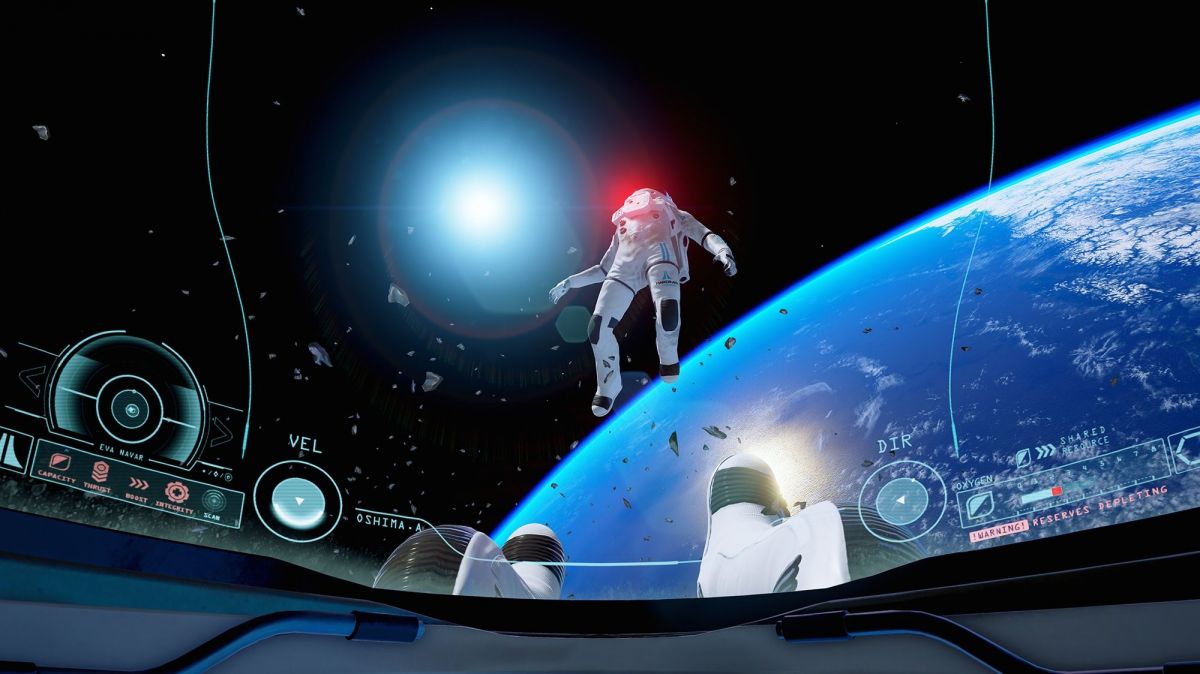
Day Two: we see every Oculus Rift launch game
The Oculus Rift may be an expensive piece of kit, but you haven’t seen the games yet. Luckily for you, techradar news editor Michelle Fitzsimmons has, and color her impressed.
“I left the Oculus Rift GDC event thrilled for the headset,” Fitzsimmons writes. “Neither it nor the games were absolutely perfect, but it was more than enough to convince me that I want one, and there will be plenty of content for me to choose from once I get it.”
That sure sounds like a solid first impression. Particularly, Radial G: Racing Evolved looks like the VR F-Zero game we’ve always wanted, and the opportunity to go into space in VR will be tough to pass up. Read the rest of our coverage below:
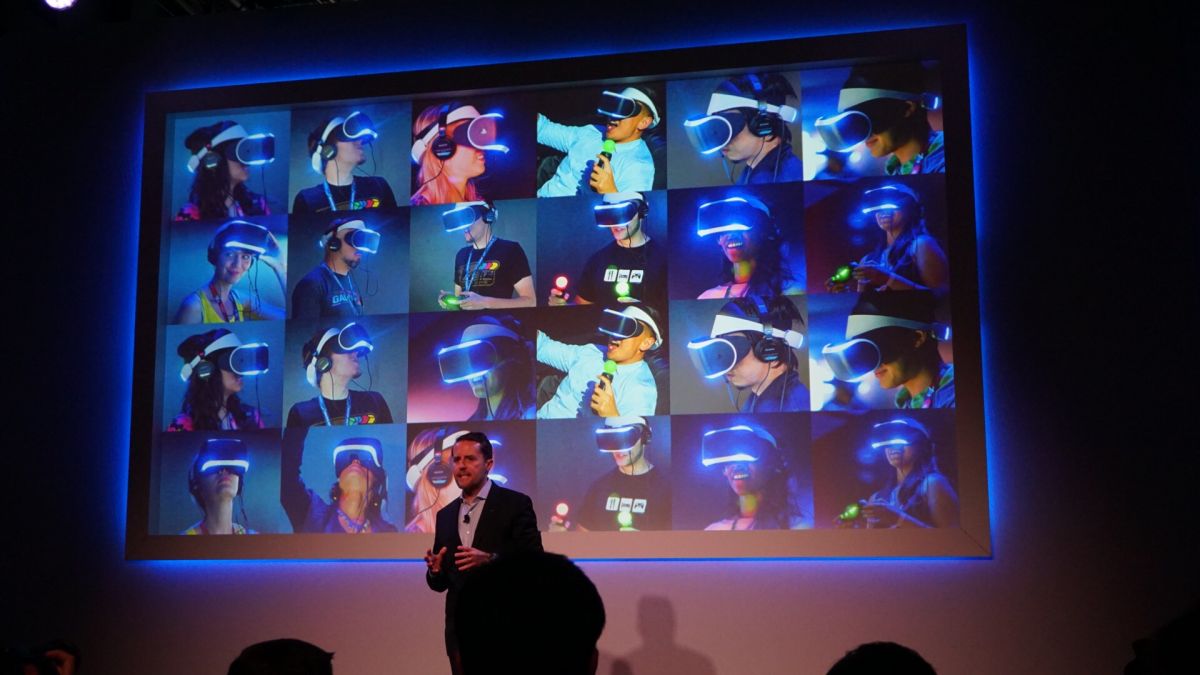
Day One: PlayStation VR’s price is revealed
The story of the day, and probably of all week, is the PlayStation VR price. It will call for $399, which is honestly the most that Sony could get away with having it require a $350 box to play it.
It’s the most affordable, but least powerful, of the big three VR headsets, and it releases sometime this October. That gives Oculus Rift and HTC Vive a huge head start, but none of that matters: Sony has an install base of some 30 million and a much lower barrier to entry.
It’s going to be an interesting holiday season, that much is for sure. Read the rest of our coverage below:
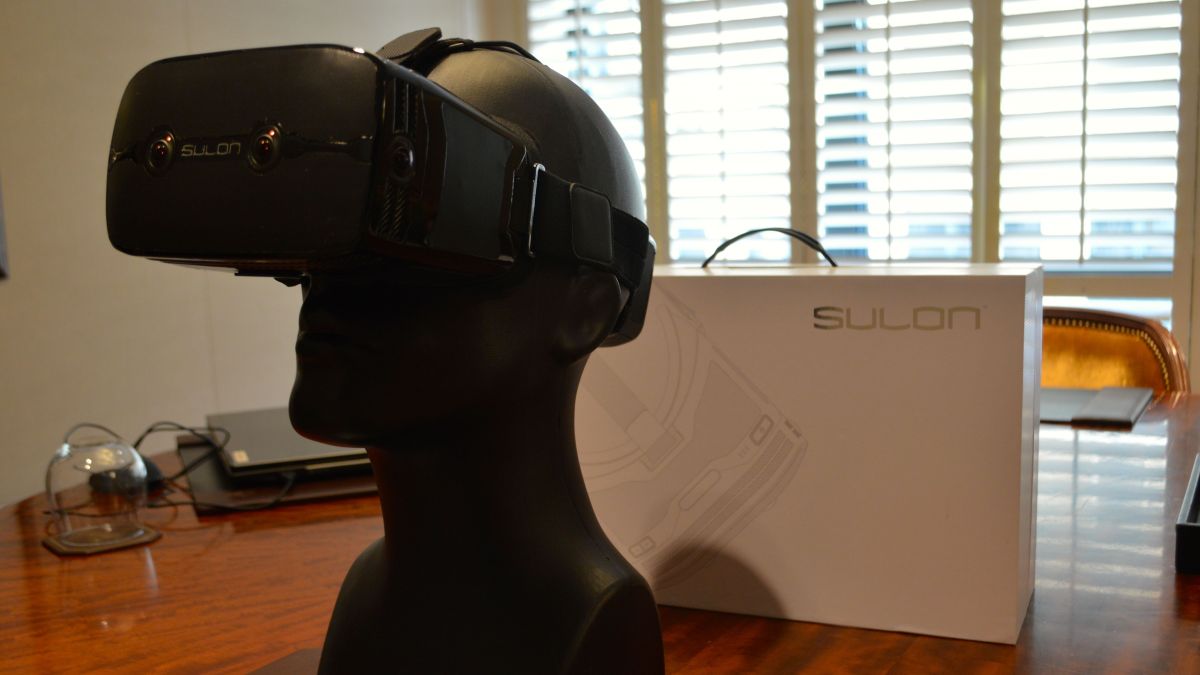
Day Zero: the first fully independent VR headset appears
The “first day” of GDC saw the unveiling of the Sulon Q, the first VR headset to be entirely free of wires and a required PC to play. It’s packing AMD technology inside and doubles as an augmented reality (AR) viewer with outward-facing cameras.
While not as powerful as its PC-beholden brethren, the battery pack strapped to the back of your skull means that you can use this thing literally anywhere. It’s even running on Windows 10 inside, with some interesting AR applications of the operating system.
Sulon, a startup supported by AMD, is already where we want to see every VR headset go – free of wires – and takes that one step further. That’s quite a bold move for what’s technically VR’s first true year of existence. Read the rest of our coverage below:
Now, head on over to Page 2 to see what we thought was going to happen at GDC 2016, and tell us just how wrong (or right?) we were in the comments.
Joe Osborne also contributed to this article
GDC 2016: what we thought was coming
The Games Developers Conference – shortened by nearly everyone to “GDC” – is a show unlike any other.
While E3 focuses on spectacle and showmanship and PAX puts the spotlight on fans who keep the industry going strong, GDC is about the technical side of games. It explores how they’re made and why developers spend years of their lives making them.
And while it’s a great convention for game developers, it’s also one of the best for tech enthusiasts, too. In between the heart-warming stories of developers succeeding in an increasingly crowded scene, new, incredibly ambitious products are revealed.
In 2015, we saw the Nvidia Shield Android console, Steam Link and finalized Steam Controller. In 2014 we saw the first prototype of PlayStation VR, back then called “Project Morpheus,” and some of the first VR games. GDC 2013 was all about the Ouya (which then later flopped) and rumors of next-gen systems.
But enough about that. Those GDCs live in the annals of history.
The GDC you should care about is going to take place on March 14 through the 18th at the Moscone Convention Center in San Francisco, California.
This year, GDC 2016 will once again star PlayStation’s first virtual reality headset and rumors of next-gen systems (this is the year we’re supposed to see the Nintendo NX, after all) but that’s just the tip of the so-real-you-can-almost-touch-it iceberg.
Rather than run through all the big names in attendance – including Intel, Amazon Google, Crytek, Nvidia and Twitch among others – I’ll focus instead on the four companies set to raise the bar at GDC: Microsoft, Sony, Oculus and AMD. While the aforementioned companies will certainly share the limelight, chances are high that these four will be who everyone is chattering about for the weeks to follow.

Microsoft: Hololens, DirectX 12 demos and Windows 10
Microsoft will likely return this year to GDC with HoloLens in hand, packing a more functional device than we saw at the Halo 5: Guardians booth at E3 2015.
I’d love to see a rock-solid release date, pricing information or, at least, an exact date for the first batch of $3,000 (AU$4,150, £2,000) developer kits that are supposedly launching Q1 2016. We can ballpark this information given what we know about the dev kit, but, until it comes from Phil Spencer’s mouth, I don’t consider it set in stone.
Beyond the ultra-expensive hardware, I’d like to see a few more DirectX 12 demos. While on stage at GDC 2015, Spencer said that DX12 was going to revolutionize gaming on Xbox One and PC.
He said, in so many words, that this would be the key to bringing higher-fidelity games to consoles and will bridge the performance gap between Xbox One and gaming PCs. Without seeing more than a few games that use the tech, though, it’s hard to say whether Microsoft’s claims ring true.
Finally, Microsoft’s guaranteed slam dunk with developers: Windows 10 universal apps.
We’ve heard how easy it’d be to create experiences – games and apps – that could be developed using the Microsoft Universal Windows Platform and extended to any Windows device. Now, it’s time to see just how far that system has come in the seven months since Windows 10’s launch.

Sony: PlayStation VR, System Software 3.5 and Nathan Drake
We knew from the outset that Sony was going to have a big year. The PS4 has sold over 30 million units worldwide, and the successful expansion of its PlayStation Vue and PlayStation Now programs have proven that Sony can not only do hardware, but it’s darn good at coming up with new software, too.
One of the biggest challenges of the show for me, therefore, will be trying to get my first peek at the latest system software update. Sony announced that it would be accepting beta testers recently to help troubleshoot the new batch of code, but it has yet to say what exactly would change in the PS4 software’s latest iteration.
If that falls through, however, I think everyone will enjoy checking out – or if you’re remote, hearing about – the near-final version of PlayStation VR.
If Sony is smart, it can upend the entire show by announcing the VR headset’s release date and finalized price. An in-house-made game would be great, too, but I’m not holding my breath for designer David Jaffe to jump on stage and announce a God of War VR game.
Speaking of first-party games, you can be sure Sony will use the venue to hype the launch of the upcoming Uncharted title, Uncharted 4: A Thief’s End. Drake’s last adventure goes on sale April 26, so long as it doesn’t face yet another delay.
While the Uncharted series has become sort of a poster child for PlayStation, it wouldn’t be out of the ordinary for Sony to use GDC to unveil another game from one of its close developers. Sony used the space in 2007 to show off LittleBigPlanet for the first time, and more recently spotlighted the horror game Until Dawn at the show.

Oculus and AMD: The Rift and other VR goodies
With the big – well, bigger – two console makers out of the way, let’s focus now on the real meat of GDC 2016: the Oculus Rift and virtual reality on PCs.
As fellow techradar editor Dave James smartly pointed out back in January, this year’s GDC is all about virtual reality gaming:
“… Over 10% of the 400 lectures, panels, tutorials and round-table discussions are going to be concerned directly with the topic of VR – with likely even more touching on the subject indirectly over the long week of developer sessions. That’s a big change from last year where there were only 13 sessions devoted to the development challenges of VR, a yearly increase of over 200%.”
It’s good then the first two days of GDC 2016 will be entirely devoted to the inaugural Virtual Reality Developers Conference, an off-shoot of GDC that will focus exclusively on building new experiences for Oculus Rift, HTC Vive and PlayStation VR.
And while VR will be the main attraction at this year’s show, it’s looking like AMD plans on stepping up this year for a big announcement of their own.
AMD is holding a keynote at 4 pm PST on March 14 that will put “the latest gaming and virtual reality technologies” on display. This is prime time to unveil its next flagship GPU or to enter into new territory with their own VR headset.
On a less tangible but still extremely interesting note, AMD will also likely talk more about the capabilities of DisplayPort 1.3. This upcoming iteration of the display standard can power two 4K UHD images at 60 frames per second simultaneously, and AMD plans on getting it into future graphics cards.
By far, this is Oculus’s show more than anyone else’s. It’s the company’s last chance to show off the greatest games and experiences it plans on releasing alongside the Rift on March 28.
Source: techradar.com






































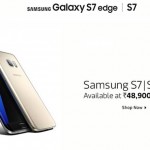

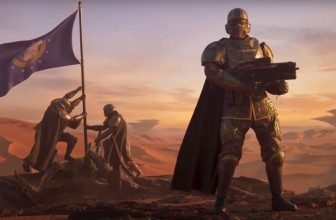

It will be interesting to see VR price.Sony cannot put more than ps4 if u want mass market to adopt VR.If sony comes with 300 to 350 for VR,sony will destroy its competition.
Bring on Gemini!
You should also mention Final Fantasy series under PS4, a very big selling point for the console.